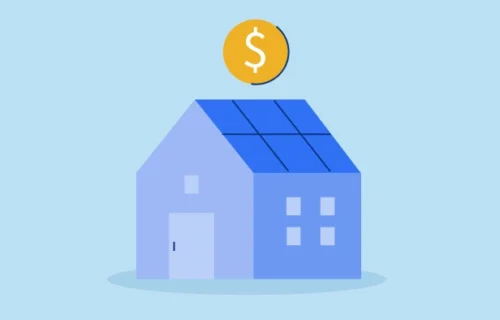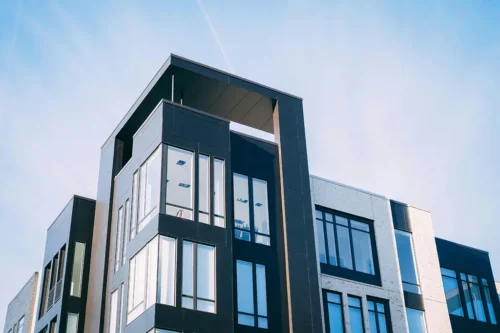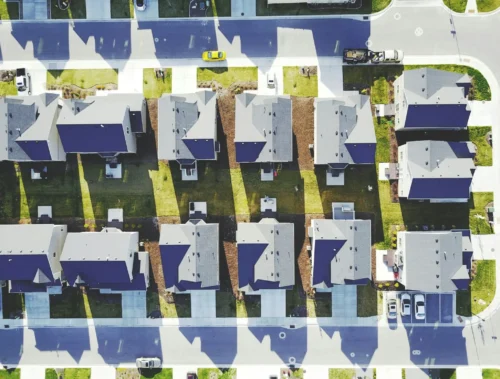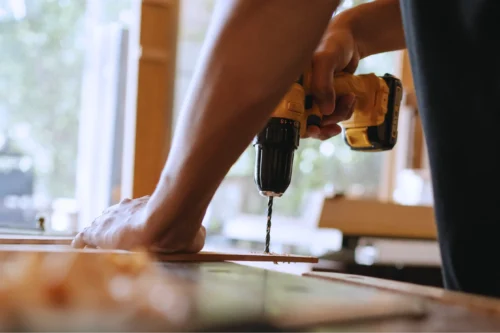
Connect with a Lima One expert today!
If you’d like to know more about this topic or see how it applies to your project, let’s talk.
Fix and FlipNew ConstructionRental
Financing an Accessory Dwelling Unit in California
How to Make a Profit & Find Financing for ADUs
Accessory dwelling units (ADUs) have become a popular option for real estate investors looking to turn a profit in the California investment market. California is experiencing one of the country’s most severe housing shortages while also facing the county’s second-highest rent prices.
ADUs have become such a popular option because they can be cost-effective to build, increase a property’s value, and bring in an ROI of 5% to 10% when used as rentals. Investors have found that ADUs are great for both short and long-term rentals. ADUs may be attached or detached from the primary residence. (Detached ADUs are called DADUs.)
Investors need to keep several things in mind when it comes to ADU properties including the location of the ADU on the property; the size of the building; construction costs; potential rent; and state and local laws.
Laws Regulating ADUs
In 2022, Gov. Gavin Newsome signed SB 9, The California HOME Act, legislation surrounding California ADU properties.
Specifically, the legislation created stricter 60-day limits on permits, eliminated front setbacks for statewide exemption, and implemented a new government-backed grant program. All of these changes are intended to make it easier to add ADUs to California residences.
The 60-day Rule
Local agencies have 60 days to act on permit applications, and the new legislation has clarified several ways to make the process clearer. Simple word changes like “local agencies” to “permitting agencies” changes the entities involved in the permit review process.
Now, when an agency denies an application, it has to give a full list of reasons why the permit was denied.
Front Setbacks
Front setbacks refer to the distance that an ADU must be setback from a front lot line. California law says that front setbacks for residential use have to be 25 feet – at minimum – from the front of the property.
Under the new law, front setbacks have been added to the list of local zoning restrictions which cannot preclude the construction of an ADU under 800 sq ft within four feet of side and rear yard setbacks.
Government-backed Grants
In January 2021 California launched a new grant program that offers incentives to people building ADUs.
The California ADU Grant Program provides up to $40,000 for pre-development and non-reoccurring closing costs associated with ADU construction. Pre-development costs include site prep, architectural designs, permits, soil tests, impact fees, property survey, and energy reports.
Cost of An ADU
Construction costs of ADUs in California are going to vary depending on the region of the state. For example, in Q1 2021 the least expensive type of ADU – a garage conversion – started around $95,000 in Southern California while the cost reached $130,000 in the Bay Area.
The difference is mostly due to the cost and availability of labor.
Architectural design will be about 6% of the ADU’s cost, and building permits are usually less than that. Construction – labor and materials – will be the majority of an ADU expense. Most modestly equipped ADUs in California cost around $275,000.
The ROI on an ADU can vary depending on the cost of construction, rent received, location, and other expenses. With the right rental strategy, investors could see a 5% to 10% ROI, but this can vary greatly based on local market conditions and the specific circumstances of the property.
Financing An ADU
Investors have options when it comes to financing an ADU project. If they own a private residence, can use a home equity line of credit (HELOC), which allows them to borrow against the equity in their private residence.
Another option is to apply for a fix and flip loan that includes an ADU or DADU or new construction loan including an ADU or DADU through a private lender like Lima One Capital.
While Lima One doesn’t offer ADU construction loans for someone’s primary residence, our new construction loans or fix and flip loans can be used to finance an ADU. We treat ADUs the same way we would treat a heavy rehab project. If a borrower is constructing an ADU from the ground up, Lima One’s construction management team designates it as high risk – meaning only experienced borrowers will qualify for the funds to build an ADU.
Our loans also give us the flexibility to help investors who are interested in build to rent housing or bridge loan funding. Our versatile suite of products is designed to help investors regardless of their investment strategy.
With offices in South Carolina and in California, we’re ready to help you with the industry’s best suite of loan options for every real estate investment strategy.
Contact us today to discuss your next deal, or if you have a deal in hand, accelerate the process by applying now.
Subscribe for More Insights
Get the latest industry news & Lima One updates.









